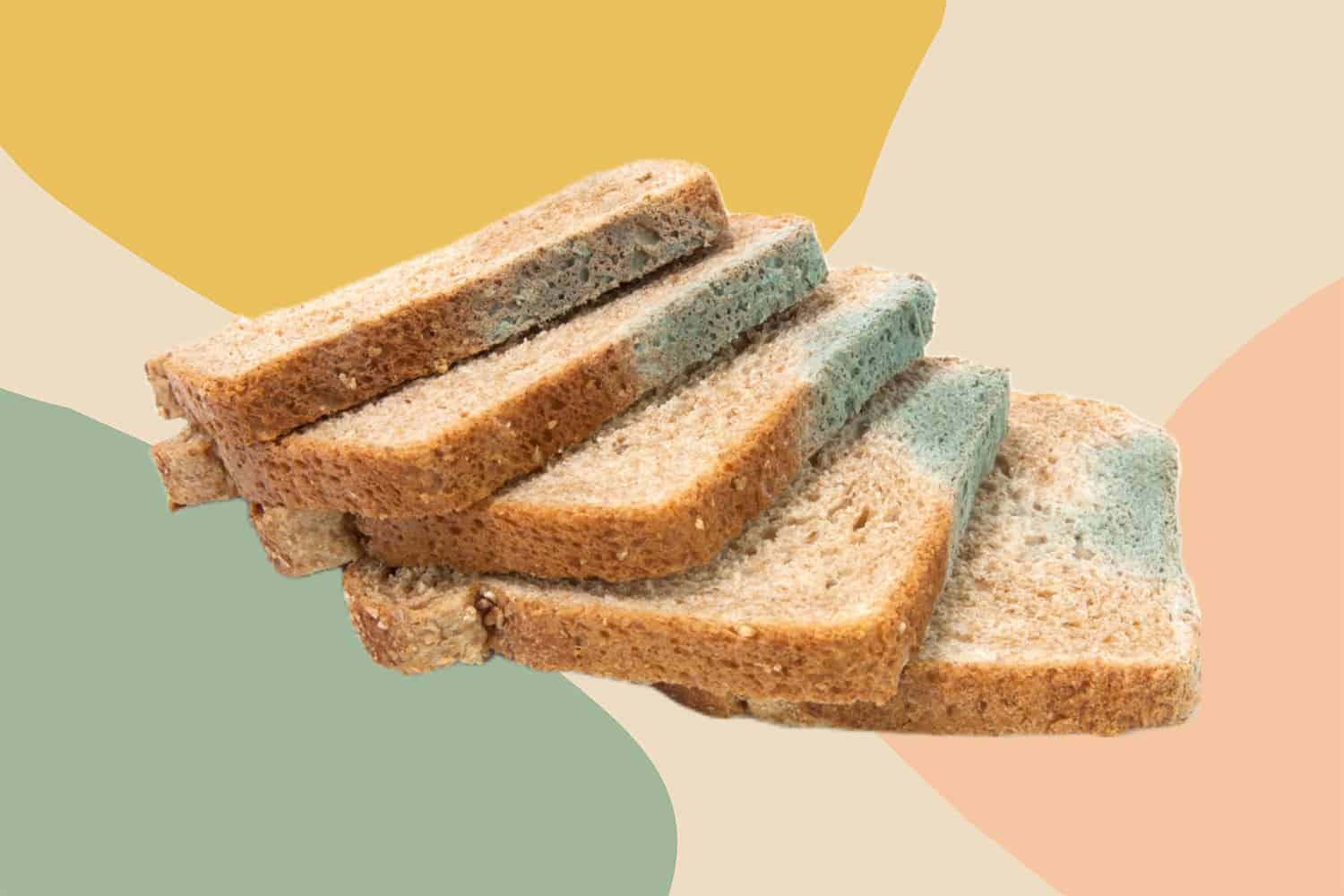Asking for a Friend… What Happens If You Eat Moldy Bread?
Can you eat moldy cheese, as long as you remove the moldy parts? Here's what a registered dietitian wants you to know.

Published

Lomi Electric Composter: What You Should Know Before Buying
Is Pela's Lomi home electric composter worth the hype? This honest review dives into the effectiveness and cost, as well as pros and cons.

Max La Manna Is Turning Millions Into Planet-Conscious Cooks
Sustainable cooking is more accessible than ever. Chef Max La Manna talks low-waste recipes, plant-based cooking, and more.

DIY Wedding Bouquet Preservation Ideas to Commemorate Your Big Day
Don't throw away your wedding flowers! With these wedding bouquet preservation ideas, the memory of your special day lives on.



